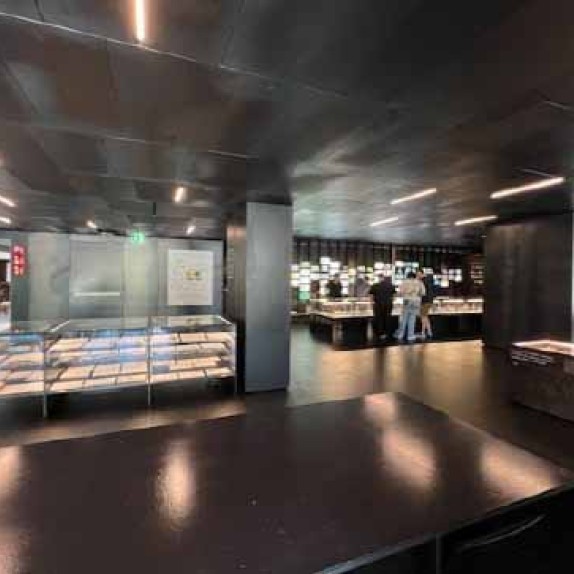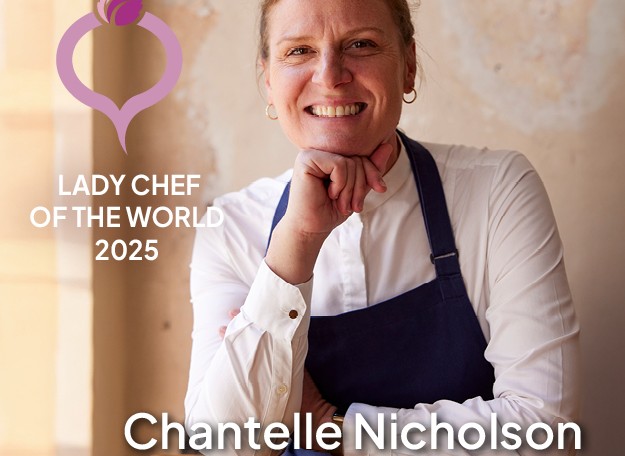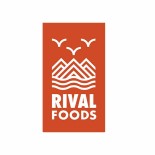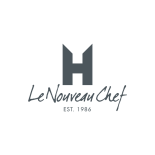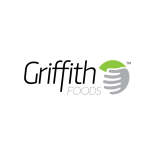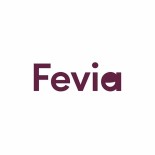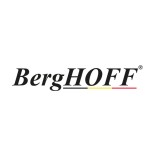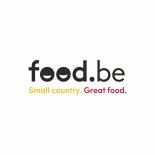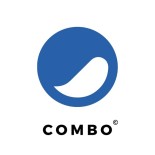
Pierre Wynants in the wine cellar of restaurant Comme chez Soi.
Chefs, your menus and recipes deserve to be saved, it is cultural heritage
Belgian professor of rural and food history calls on chefs to contribute with their culinary legacy
The Belgian Centre for Agrarian History (CAG) at KU Leuven wishes to describe the agricultural and food history from farmer to master chef. To note how the produce from the farms is prepared in the gastronomy of Flanders and Belgium. Professor Yves Segers -head of the CAG- will make that culinary history accessible for culinary professionals and researchers. For that purpose, he would like to interview Flemish and Dutch chefs. Segers explains: “At the request of the family, we archived the menus and recipes of Comme Chez Soi in Brussels, which nearly exists for a full century. Then I realised that chefs’ and hospitality heritage is documented very sparingly. I am not the only one to notice. ‘Chefs and Waiters’ by Patricia van den Eeckhout is a book about the professional lives of chefs and waiters in Western Europe between 1750 and 1950. In interviews the author remarked she found virtually no material from the professionals themselves, only newspaper articles and excerpts from books about them.”
Segers notices how no one wonders why artists and architects keep archives, even though their work is visible and tangible. Chefs and culinary writers keep almost nothing, and their product, their creation, is not a building or a painting; it is consumed. It is just as valuable; it is cultural heritage that should be cherished to write the history of Belgian restaurants. To bear witness to entrepreneurship and craftsmanship and teach us about pricing and marketing strategies. To see over the years exactly how the profession has evolved.
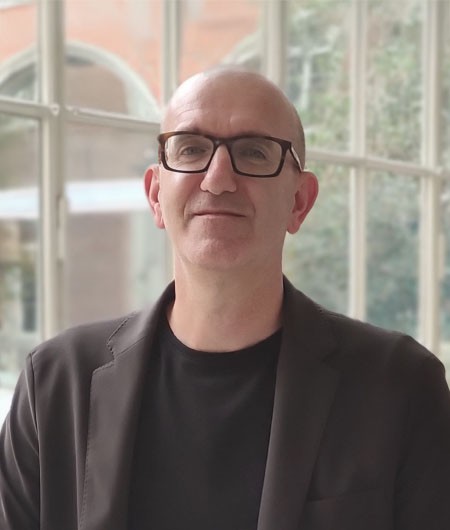
As a source of inspiration
Segers also sits on the board of the Singel architecture institute in Antwerp. “I see architects and master builders visiting the archive to build on the work of their predecessors. Chefs could do the same, couldn't they? And not the cookbook publications, but their dishes and menus. Like those chefs who draw beautiful images of their plate while they're developing a dish. Understanding the evolution of their work could inspire future generations. My dream is to capture signature dishes. Like getting Peter Goossens (Hof van Cleve ***) in front of the camera. Let him make the dish he wants to be identified with in 100 years' time. How does he make it? Why does he do it that way? What does the dish mean to him?”
To this end, Segers is seeking help from Flemish and Dutch culinary professionals willing to contribute. He wants to know whether there is a need for this. What do they store and keep, what is for them culinary heritage and interesting to preserve? “Most of all I want to understand how to make chefs and writers aware that their work in the kitchens and social media is worth storing, whilst we figure out how best to record and make these archives accessible”.
We’re smart world supports Segers and his mission. There are so many reasons to document culinary legacy.
Just to name a few:
To explore possibilities of hyper-local hyper seasonal ingredients
Keiko Kuwakino of Sanaburi - a five radishes restaurant deep in the mountains in Japan- documents all her recipes: “Somefruits, plants and herbs are only available ten days a year. Then their peak season is already over. That means I can only work with them a few times a year. I look back at my recipes and notes from last year and then try - in the short time I have - to explore the flavours and possibilities of those hyper-local hyper-seasonal ingredients even further."
To ensure the company can prologue after an unforeseen accident
In the magistral book “Rotterdam – Chinatown” Ellen Scholtens features the restaurant Asian Glories. It describes the struggle of young chef Kevin Fang whose parents and grandmother died in a plane crash. From one day to the next he had to run Asian Glories without recipes. His father Popo had promised to teach him the secrets upon his return, which tragically never happened. It took Kevin five years to finally believe he made a dim sum his father would be proud of.
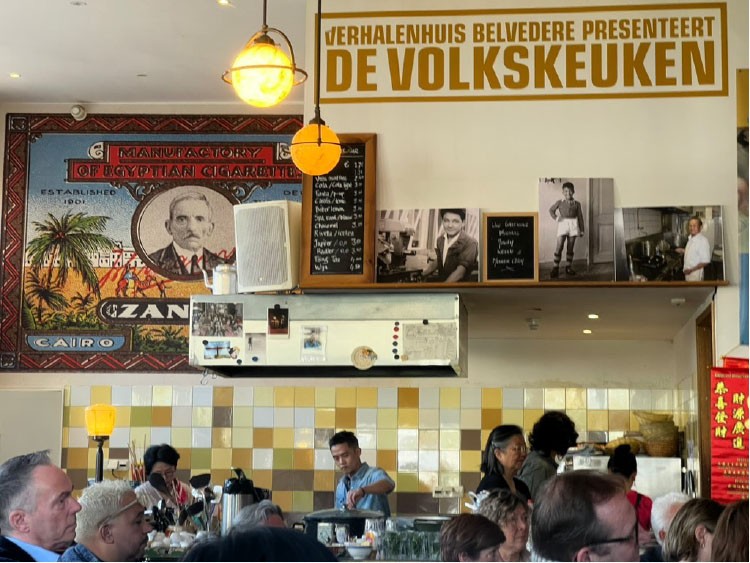
As a gift for the future
Ferran Adria’s elBulli restaurant, once a fine-dining Mecca is now a museum, Elbulli1846. He created this for culinary afficionados to learn more about the endless possibilities in fine dining. It depicts all discovered and developed in the forty-year of its existence. On show: all cutlery and serving dishes through the years, vitrines with machines, equipment and techniques, organised by year. The clay mock-ups for plating, eating utensils from prehistoric times until now. Rows and rows with menu’s, reservation books and pictures. There is even an installation that shows all 139 techniques with together comprise the dish: “Chicken curry with sapiens taxonomic categories”.
To change the perspective of people about ‘their own culture’.
Dutch culinary author and TV personality Janny van der Heijden is the guest curator of the exhibition Grand Dessert – The History of the Dessert. “A dessert is more than just the ultimate ending to a meal”, says Van der Heijden, an avid collector of recipe books and culinary paintings. “It tells stories which reflects changes in culture, society and tastes down the centuries. Stories about wealth and poverty, about temptation and deception, dominance and oppression, but first and foremost about love of all things sweet.” By showing habits from the past -like combining sweet and savoury- the exhibition challenges the set ideas some people have that what we eat today is ‘traditional’.
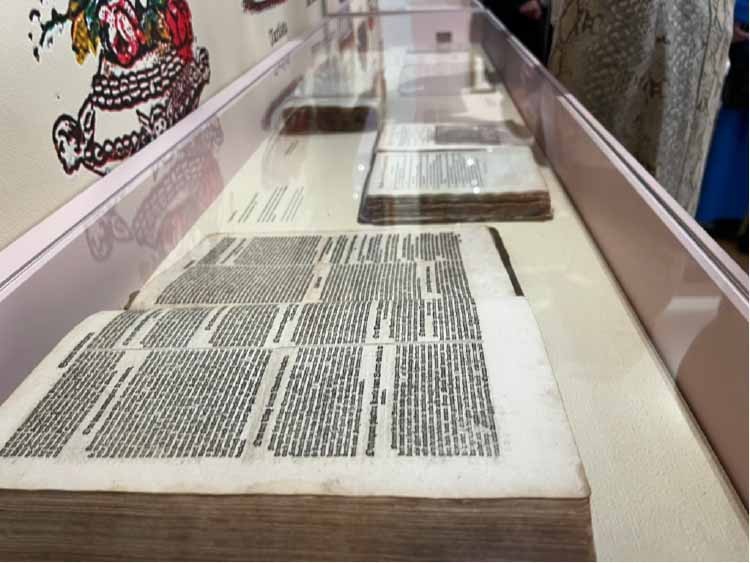
>> Are you a chef or culinary writer in Flanders or the Netherlands and willing to be interviewed? Please get in touch at yves.segers@kuleuven.be
